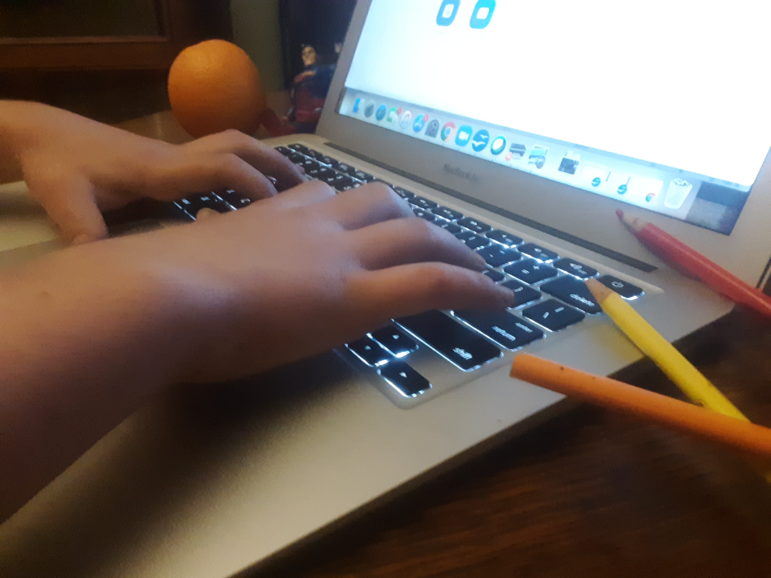At the start of the pandemic, New York lifted restrictions on the use of telehealth for Medicaid recipients. The change has meant better access to mental health services for families involved in the state’s child welfare system, including youth in foster care, a new survey found.

Jarrett Murphy
The benefits from the shift to remote mental and behavioral health services during the pandemic has emerged as a “silver lining” during the crisis, a new survey found.While the COVID-19 pandemic has negatively disrupted most aspects of public life, one change has emerged as a “silver lining” during the crisis — the shift to remote mental and behavioral health services, which has made it easier for some of New York’s most vulnerable families and children to access care, a new survey found.
At the start of the pandemic, New York lifted restrictions on the use of telehealth for the state’s Medicaid recipients and the underinsured, making it easier for those populations to access remote care, something private providers and private pay patients have “successfully used for years,” according to the survey published Tuesday by the group Clinicians in Child Welfare (CCW).
Gov. Andrew Cuomo has been extending those emergency regulations every 30 days since the start of the crisis, and recently pledged to make them permanent and expand overall access to telehealth as part of his 2021 State of the State agenda — a move advocates say would help address access and mental health equity.
“Clients and providers do not want to revert back to old care models after experiencing the benefits of telehealth during the pandemic,” CCW’s report explains.
The organization surveyed 249 participants receiving care through the Council of Family and Child Caring Agencies, a coalition of nonprofit providers who work in foster care, adoption, family preservation, and juvenile justice services. The survey’s respondents included parents, caregivers and foster parents of youth — as well as young people themselves — receiving mental health counseling, behavioral health care, medication management and other services. Most of the respondents lived in New York City, and a majority were people of color: 94 respondents identified as Black or African American and 67 as Hispanic/Latino, according to the report.
The survey found that most participants — 139 — report receiving the same frequency of services since the start of the pandemic, while 54 respondents said they are now getting more frequent care since switching to telehealth. A majority of respondents rated the services they’re receiving now as high quality, saying the shift to care via the phone or computer has made it easier for them to make and keep appointments, get additional support from providers, and save on commuting time.
“This report underscores the value of such services and the need for expanded delivery of remote therapy and case management, and our collective responsibility to ensure that these services continue with increased funding and support long after the end of the COVID-19 pandemic,” Ronald E. Richter, CEO of JCCA and a former commissioner of the city’s Administration for Children’s Services, said in a statement.
The survey also identified some of the challenges posed by virtual care, including for those with limited access to computers and Wi-Fi or who lack the technological skills to navigate telehealth. Some respondents said it was hard to maintain privacy while getting care from their homes. The report also warned of “Zoom fatigue,” and the difficulty in keeping young people engaged remotely, especially as so many are simultaneously going to school online.
“After being on the computer all day [the children] were tired to use it again with their therapist,” one survey participant wrote.
CCW’s survey concluded that while telehealth “will never completely replace in-person services,” it has overall had a positive impact, and should be maintained as a permanent option for families and youth.
“The COVID-19 pandemic has highlighted existing disparities in health and health care in the United States,” the report reads, citing higher rates of COVID-19 cases and fatalities in Black and Latino communities, which are also disproportionately impacted by the child welfare system. “There is clear evidence that telehealth is one way of addressing the social determinants of health and increasing access to care.”
This article is part of a series on youth behavioral health, supported by the Citizens’ Committee for Children of New York. City Limits is solely responsible for the content and editorial direction.









